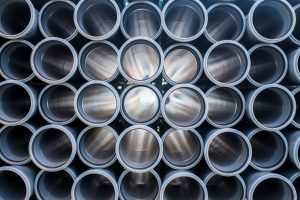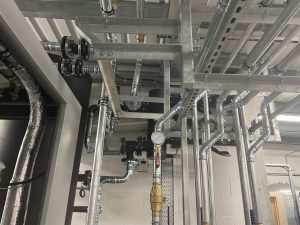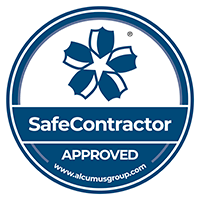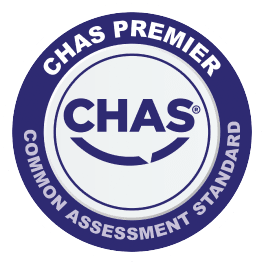Pressure testing is a critical procedure in the maintenance and installation of pipework systems. It ensures that the piping can withstand the pressures it will encounter during regular operation without leaking or failing. Determining the appropriate pressure for testing pipework is essential for achieving accurate and reliable results, and it varies depending on several factors including the type of system, the materials used, and applicable standards and regulations. This article explores these factors in detail to provide a comprehensive understanding of how to determine the correct pressure for testing pipework.
Importance of Pressure Testing
Before delving into the specifics of test pressures, it is important to understand why pressure testing is crucial:
- Ensures Integrity: Verifies that the pipework can handle the operational pressures without leaks.
- Safety: Prevents potential hazards that could arise from leaks or pipe failures.
- Compliance: Ensures that the system meets regulatory and industry standards.
- Prevents Downtime: Identifies weaknesses before the system is put into service, avoiding future breakdowns.
Factors Influencing Test Pressure
1. System Type
The type of system being tested significantly influences the test pressure. Systems handling high-pressure fluids or gases will require higher test pressures compared to those dealing with low-pressure applications.
2. Design Pressure
Design pressure is the maximum pressure that a system is designed to withstand under normal operating conditions. The test pressure is usually set higher than the design pressure to ensure safety margins.
3. Material of the Pipework
Different materials have varying strength and elasticity, affecting their ability to handle pressure. For instance, steel and copper can typically withstand higher pressures than PVC or other plastics.
4. Standards and Regulations
Adherence to local and international standards is mandatory. Standards such as BS EN 805:2000 in the UK provide guidelines on the required test pressures for different systems.
Determining the Test Pressure
General Guideline
A common guideline for pressure testing is to use a test pressure that is 1.5 times the design pressure of the system. This factor provides a sufficient safety margin to account for potential weaknesses or flaws in the pipework.
Hydrostatic Testing
For hydrostatic testing, which uses water, the test pressure is often set at 1.5 times the operating pressure. Hydrostatic tests are preferred because water is incompressible, making it safer and providing more reliable results.
Pneumatic Testing
Pneumatic testing uses air or another gas and is generally conducted at lower pressures compared to hydrostatic testing due to the compressible nature of gases, which can make this method more hazardous. Typically, pneumatic tests are conducted at pressures around 1.1 times the operating pressure.
Example Pressures
To illustrate, here are some typical test pressures for different types of pipework:
- Domestic Water Systems: Typically tested at 1.5 times the working pressure, often around 6 bar (87 psi).
- Industrial Gas Systems: Pneumatic tests might be conducted at around 1.1 times the operating pressure, usually up to 10 bar (145 psi) for safety reasons.
- Steam Pipework: Hydrostatic tests often at 1.5 times the operating pressure, which could be as high as 15 bar (218 psi) or more, depending on the system.
Duration of Pressure Testing
The duration for maintaining the test pressure can vary but generally ranges from 30 minutes to several hours. This duration is critical to ensure that any potential leaks or weaknesses can be detected. The longer duration helps in identifying slow leaks that might not be apparent in a shorter timeframe.
British Standards for Pressure Testing
In the UK, the primary standard for pressure testing water supply systems is BS EN 805:2000. This standard outlines the methods and pressures required for testing to ensure compliance and safety. For other types of systems, additional standards such as BS 9990 for fire protection systems may apply.
Qualified Personnel
Pressure testing should always be conducted by qualified professionals who have the necessary training and experience. This ensures that the tests are performed safely and accurately, reducing the risk of accidents and ensuring reliable results.
Conclusion
Determining the appropriate pressure for testing pipework is a nuanced process that depends on several factors including system type, design pressure, material, and regulatory standards. By following industry guidelines and standards, and employing qualified professionals, you can ensure that your pipework is tested accurately and safely, providing confidence in its integrity and performance.








